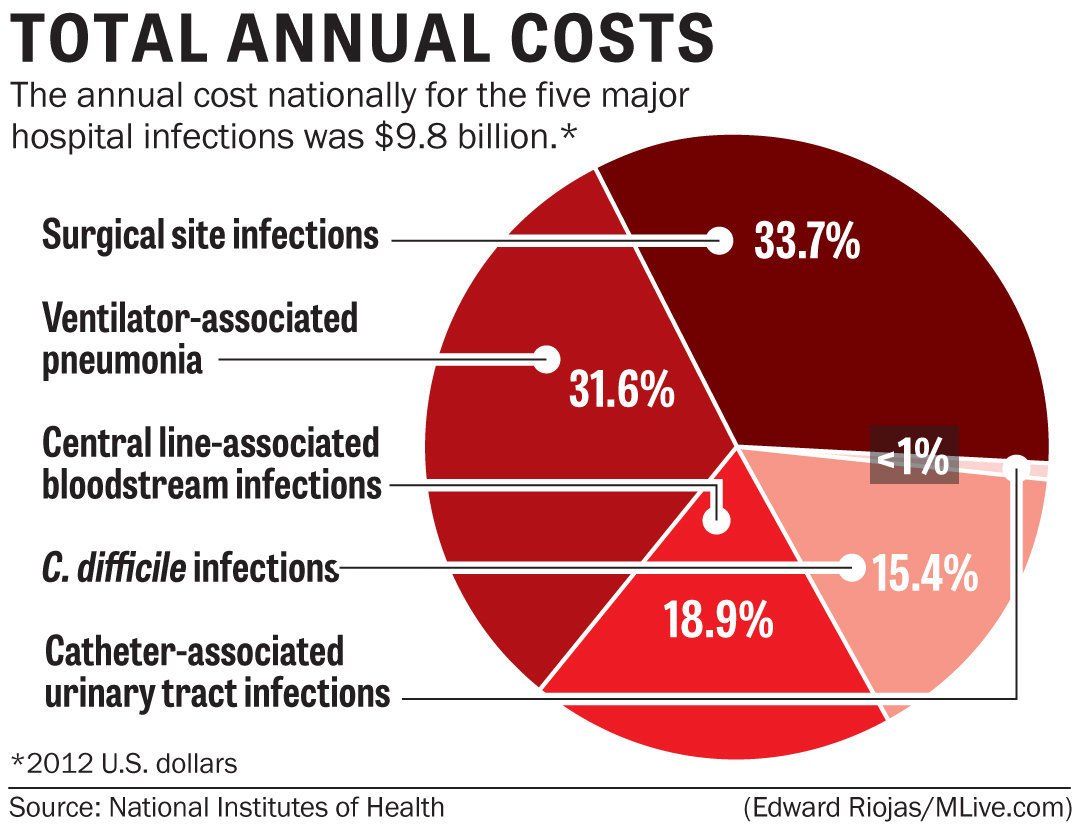
25 Jul What are Hospital acquired infections?
Even as advances in modern medicine are eradicating diseases and illness, today’s health-care facilities including hospitals are still struggling to reduce or eradicate the many types of hospital acquired infections (HAIs). The pathogens that cause HAI’s, such as bacteria, viruses, and fungi, are introduced into the health care clinic setting by infected individuals or equipment. Accordingly, the best way to prevent further spread of an HAI infection is to segregate sick people from well people and ensure high levels of sanitation and hygiene throughout the facility.
Classes of HAI’s
There are a four major classes of HAI’s, each of which can pose a potentially lethal threat to those patients who contract them:
- Central-line bloodstream infections (CLBI)
A “central line” infection occurs when a catheter – a narrow tube – is inserted into a large vein near the heart to give medications or draw blood. Infections occur when pathogens enter the vein through the catheter, either because the tube itself is contaminated, or the skin through which the catheter needle passes is not sterile. CLBI infections cause thousands of deaths each year and cost billions of dollars in unnecessary medical care.
· Catheter-associated Urinary Tract Infections (CAUTI)
Infections caused by pathogens can occur anywhere in the urinary tract, including the bladder, urethra, kidneys, and ureters. Catheters inserted to relieve pressure on the bladder and urinary system cause as many as 75 percent of all hospital acquired urinary tract infections.
- Ventilator-Associated Pneumonia (VAP)
Thousands of patients require mechanical ventilator assistance to breathe. Ventilators placed over the mouth or nose, or through a small hole in the throat force air into the patient’s airways. When those machines are contaminated, they can also transmit pathogens which may occur within the workings of the device, or which are picked up in the environment before insertion of the ventilator tube.
- Surgical Site Infections (SSI’s)
Any incision into the body can cause an infection. Sometimes, they are superficial and contained to the skin only. Other times, infections can develop deep inside the body when pathogens are introduced through the surgical procedure.
To combat the rising numbers of HAI’s, the Centers for Disease Control recommend every health care facility assess for risks of contamination and establish comprehensive infection prevention controls at every location where pathogens can grow.
